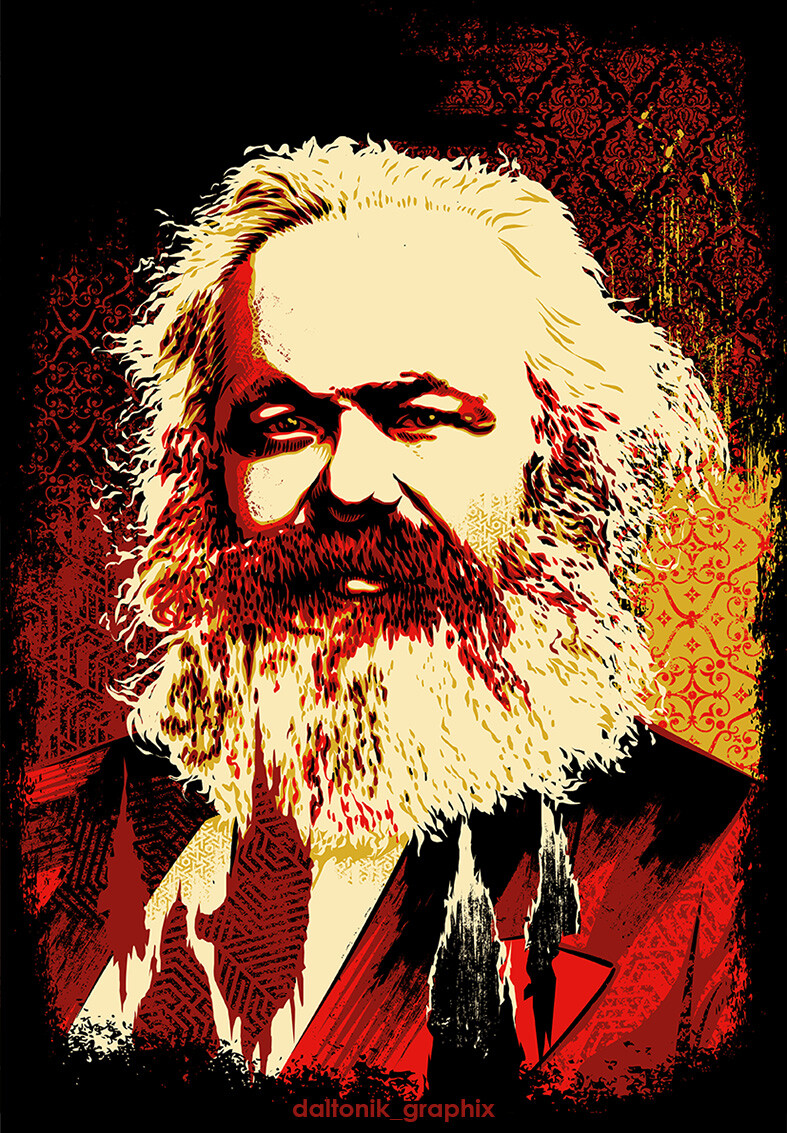On reaching the pinnacle of Soviet power, Gorbachev thus sought not to dismantle the system but to make it function more efficiently. As he told the 27th Congress of the CPSU in 1986, “Our goal is to realize the full potential of socialism. Those in the West who expect us to renounce socialism will be disappointed. We’re not going to give up on socialism. On the contrary, we need more socialism.”
Gorbachev’s problem was that he had very little idea how to do this as well as a faulty understanding of the underlying causes of the USSR’s social and economic difficulties.
In particular, Gorbachev’s grasp of economics was sketchy. He firmly believed in the communist economic model, writing in his 1987 book Perestroika that “Socialism and public ownership, on which it is based, hold out virtually unlimited possibilities for progressive economic processes.” He was therefore unwilling to touch the fundamentals of the Soviet system – state ownership and central planning. Instead, he tinkered with the economy by attempting to meld state planning with certain attributes of free markets in accordance with the ideas of what was called “market socialism.” In this, state ownership and the plan were retained, but enterprises gained more autonomy to determine production and were allowed to keep and reinvest some of their profits.
Market socialism proved a disaster. Instead of making enterprises more efficient, the introduction of market elements simply undermined the few advantages that planning provided. Given the failure of this policy, there were two options left: give up and go back, or press on and move towards a free market economy, or at least some sort of mixed market system. Gorbachev did neither. Going backwards would have been an admission of failure. Moving forward was ideologically beyond him. Instead, he dithered while the economy gradually collapsed around him.
As this happened, Gorbachev looked for someone to blame and his gaze fell upon conservative members of the CPSU, who he believed were deliberately sabotaging his reforms. In typical Russian fashion, his solution to this was to centralize authority in his own hands. This he did by stripping the CPSU of its power and concentrating it in a newly created executive position, that of President of the USSR, a position that Gorbachev then occupied.

